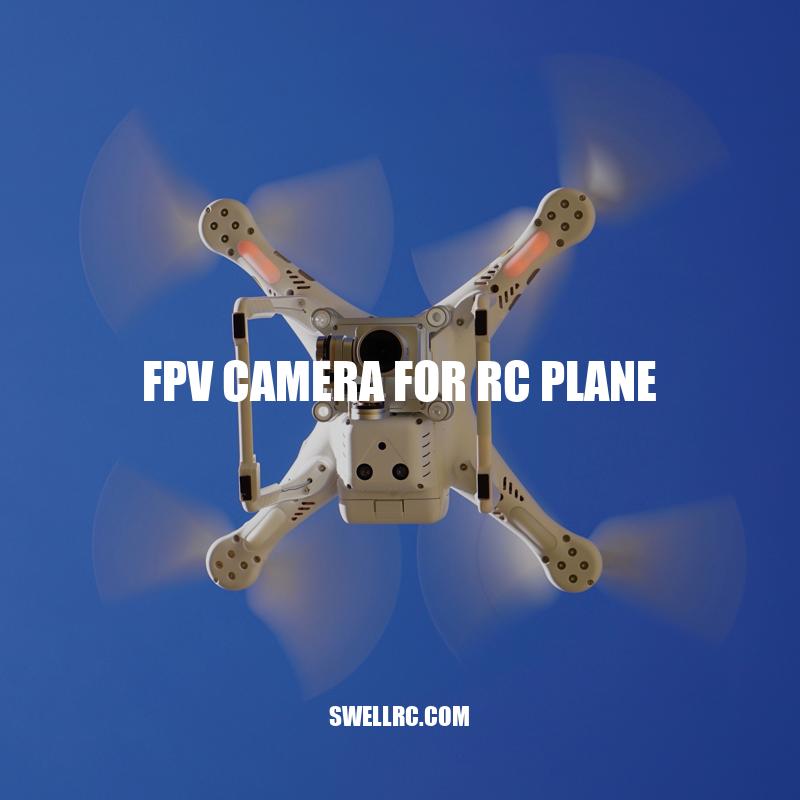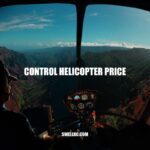5 Essential Tips for Using an FPV Camera for RC Planes
If you’re into flying RC planes, then you’ve likely heard about FPV cameras. This is a specific type of camera that is used to provide a first-person view to the pilot. Essentially, it allows the pilot to see what the plane sees, as if they were in the cockpit. This is incredibly important for those who want to fly their planes over long distances or in complex environments. In this article, we’ll be taking a look at everything you need to know about using an FPV camera for RC planes. There are many different types of FPV cameras on the market, each with its own pros and cons. Some popular options include CCD cameras, CMOS cameras, and HD cameras. When choosing an FPV camera, it’s important to consider factors such as image quality, latency, field of view, and durability. Additionally, you’ll want to think about the type of flying you’ll be doing and which camera will best suit your needs.
-Choosing the Best FPV Camera for Your RC Plane
There are many different types of FPV cameras on the market, each with its own pros and cons. Some popular options include:
- CCD cameras – These are known for their high-quality image and good low-light performance. However, they tend to have a narrow field of view and can be more expensive than other options.
- CMOS cameras – These are more affordable than CCD cameras and have a wider field of view. However, they don’t perform as well in low-light conditions.
- HD cameras – These offer higher resolution and better image quality than other options. However, they require more bandwidth to transmit the video feed, which can result in lag or latency issues.
When choosing an FPV camera for RC plane, it’s important to consider factors such as image quality, latency, field of view, and durability. Additionally, you’ll want to think about the type of flying you’ll be doing and which camera will best suit your needs. There are many websites that offer reviews and comparisons of different FPV cameras, as well as forums where you can ask for recommendations from other RC plane pilots.
GetFPV.com is a popular website that offers a variety of FPV cameras for all levels of pilots. They offer CCD cameras from popular brands like RunCam and Foxeer, as well as CMOS cameras and HD cameras from brands like DJI and Caddx. They even have a wide range of camera lenses to customize your setup.
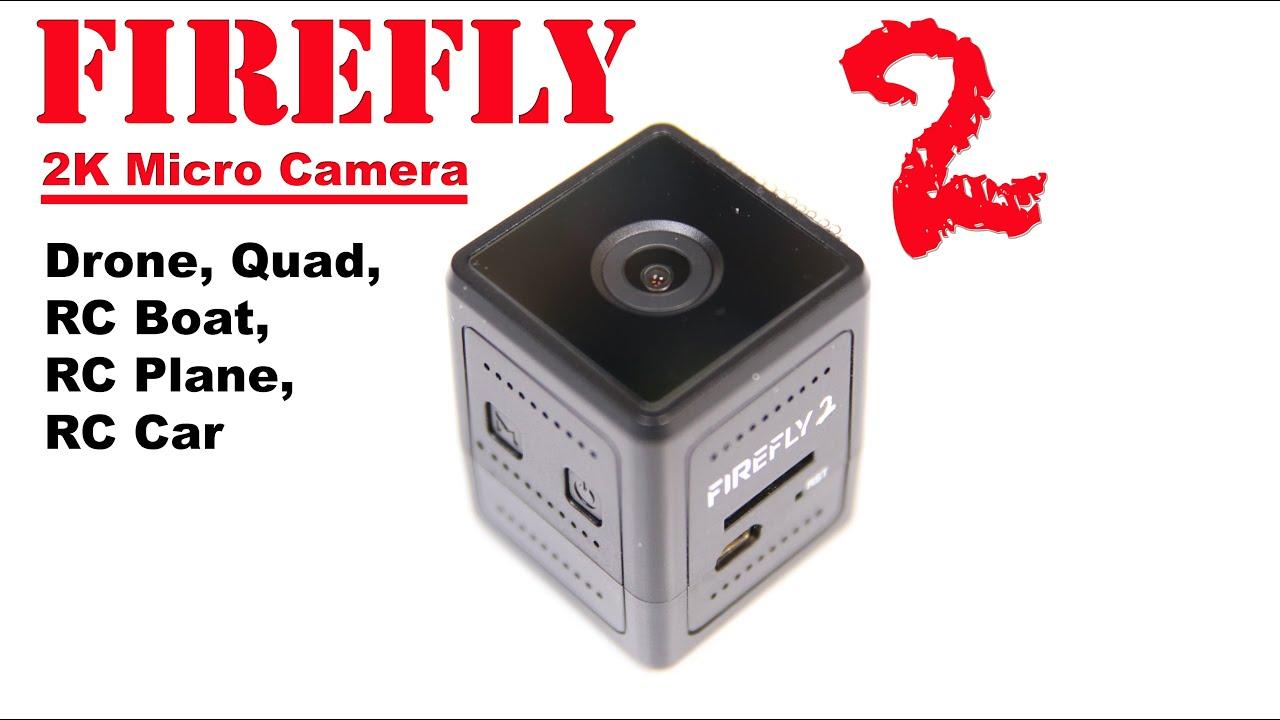
What factors should be considered when choosing an FPV camera for an RC plane?
Factors to consider include resolution, size, weight, latency, field of view, durability, and compatibility with the aircraft and video transmitter.
Avoiding common mistakes when installing your FPV camera on an RC plane.
Once you’ve chosen your FPV camera for RC plane, the next step is to install it on your RC plane. This will require a few tools and equipment, such as a screwdriver, heat shrink tubing, and a soldering iron. It’s important to follow the step-by-step instructions for installation closely to avoid damaging the camera or the plane itself. Additionally, there are a few common mistakes to avoid when installing an FPV camera, such as not securing the camera properly or failing to properly solder the connections.
Some interesting facts to note are: FPV cameras can add weight to the RC plane, which can affect the flight characteristics. It’s important to keep this in mind when choosing a camera and installing it on the plane.
There are many websites and YouTube channels that offer tutorials and guides for installing FPV cameras on RC planes, as well as forums where you can ask for help and advice from other pilots. Some FPV cameras come with plug-and-play connectors, which make installation much easier for those who are less experienced with electronics.
Remember to choose the right FPV camera for your RC plane and follow the installation instructions carefully. Check out popular brands for FPV cameras such as Runcam, Foxeer, and Caddx to get started with your installation.
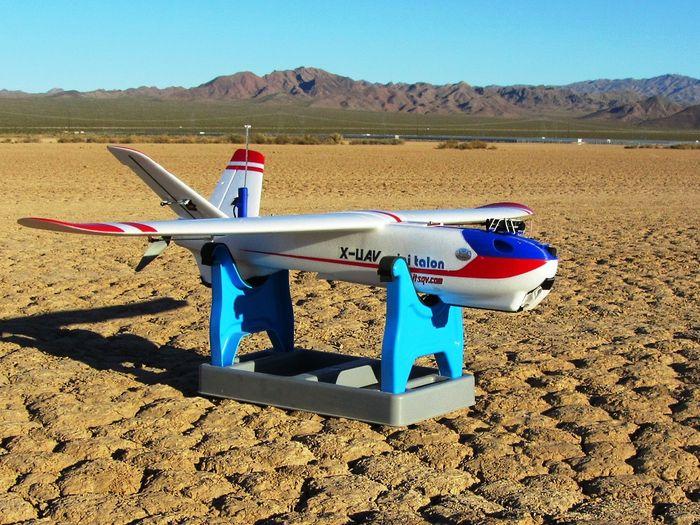
What are some common mistakes to avoid when installing an FPV camera on an RC plane?
Some common mistakes to avoid when installing an FPV camera on an RC plane include using the wrong type of camera for the plane, not securing the camera properly, not balancing the plane after installation, and not checking the video feed before flight.
Tips for Optimal Performance of FPV Camera
Once you’ve installed your FPV camera, it’s time to start using it. You’ll need either a set of goggles or a monitor to view the camera feed. Some pilots prefer goggles because it offers a more immersive experience, while others prefer a monitor for better visibility. It’s important to understand the controls and settings for the camera, which might include:
- Brightness
- Contrast
- White balance
Adjusting these settings can significantly improve the quality of the camera feed. Additionally, there are a few tips for getting the best performance from your FPV camera, such as:
- Ensuring that the camera lens is clean and properly aligned
- Making sure that the camera is securely fastened to the plane and that the wires are tucked away neatly to avoid interference
There are many different websites and forums where you can find tips and advice for getting the best performance from your FPV camera. Some popular products for viewing the camera feed include Fat Shark goggles and Skyzone monitors, which are designed specifically for FPV use.
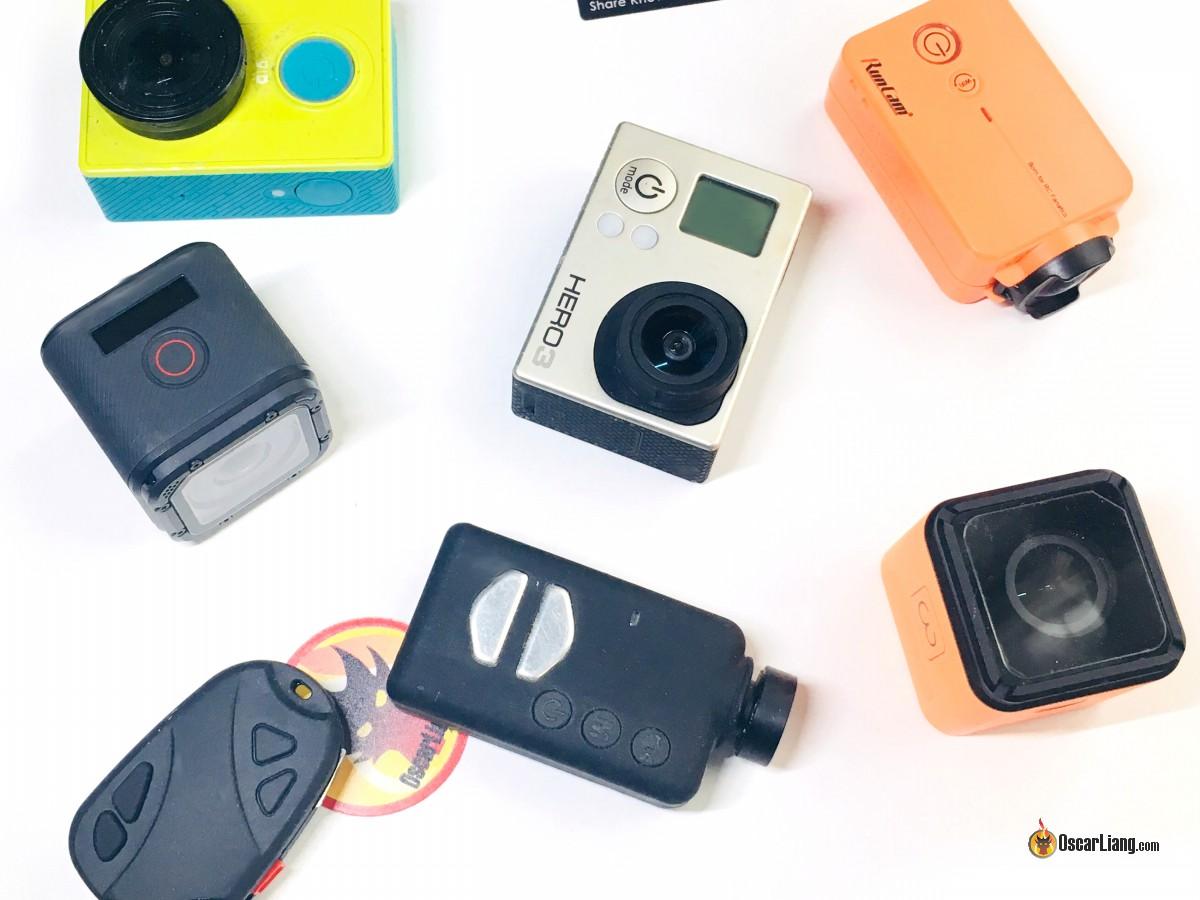
What are some tips for getting the best performance from an FPV camera?
Some tips for getting the best performance from an FPV camera include adjusting camera settings, ensuring proper antenna placement and orientation, reducing interference from other electronics, and selecting a high-quality camera with a good sensor and lens.
As you can see, using an FPV camera for your RC plane opens up a whole new world of possibilities. You’ll be able to fly further and in more challenging environments, all while feeling like you’re right in the cockpit. While it does require some initial investment of time and money, the experience is well worth it.
If you’re not quite ready to commit to purchasing an FPV camera, there are other options. Many RC clubs have members who already use FPV cameras and would be happy to let you try it out for yourself. Additionally, you can find plenty of tutorials and resources online to help you get started.
In conclusion, an FPV camera is an essential tool for any RC plane pilot who wants to take their flying experience to the next level. From choosing the right camera to installing and using it, there are a few key considerations to keep in mind. By following the tips outlined in this article, you’ll be well on your way to flying like a pro. So what are you waiting for? Give it a try and see for yourself the incredible experience that an FPV camera can offer.

